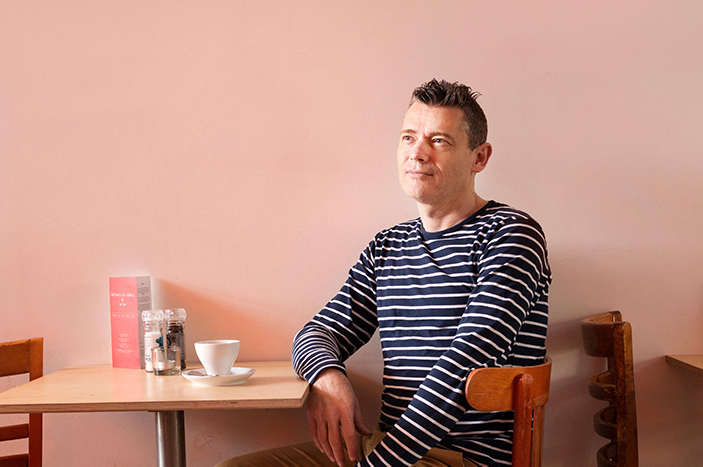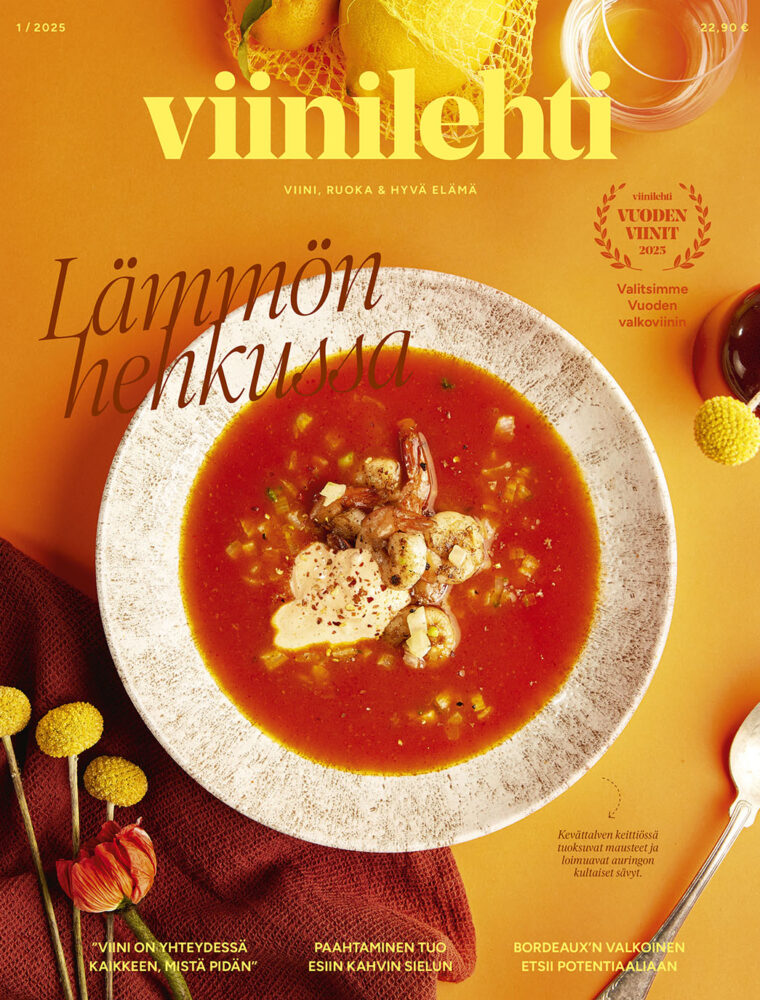I’m quite addicted to blind tasting.
Perhaps that doesn’t sound surprising – after all, it’s common for wine critics to taste blind at serious wine competitions or panel tastings.
But I’m not just talking about professional environments. Serving wines blind can be fun and hugely rewarding in more informal settings too.
There are many advantages, but first amongst them is the ability to focus purely on the liquid in the glass. It’s easy to forget how many distractions can get in the way. If you know the name of the producer, or recognise the logo on the label, expectations and preconceptions have already started to form in your head.
Countries, regions, grape varieties all set us up for a particular experience. If your gathering has a rough idea how much the bottle cost, that adds another distractive layer – whether it’s “wow he’s treating us tonight” or “how could he be so cheap?”
Even when the wine is unknown, the label design often shouts out clues. Is it more classic, or more alternative? Screwcaps still have a stigma in some circles too.
I love to clear all this mind-clutter away. Just pour me the wine please!
The fun of guessing is the icing on the cake – the little grey cells get some exercise and it helps to verbalise what’s going on in the glass. I am not an especially astute taster, but I take great pleasure in walking through the detective process.
At a dinner party not too long ago, the most gifted taster turned out to be not the colleague who worked in wine but rather his girlfriend. With no formal wine education, she nonetheless had a gifted palate and was able to zone in instinctively, nailing grape variety and country when no-one else could get close. It was wonderful to see.
A firm favourite is guessing the year. If I serve anything older than a decade, it’s going to be blind – just to see if anyone picks up on the age or not. Pro tip – serving a 1969 Colares (it’s still possible to find the superb Adega Viúva Gomes) is guaranteed to have your guests in a state of total shock when the year is revealed. This is a wine of eternal youth.
There are situations when blind tasting backfires. I once took a birth year bottle (1970) of Château Cos d’Estournel to a serious blind tasting. It was showing its age, but I felt it still had something to say. But the wine was dismissed as “too old” or even “corked” (which it was not) by the crowd. Most poured their glasses away without taking a sip. I was mortified.
Moral of the story: bottles that need context – like my Cos, with all the sentiment attached to it – deserve to be given the stage to themselves.
It’s worth adding that blind tasting can be brutal and humbling. It levels the playing field, both in terms of the wines and the supposed tasting abilities of the drinkers. Everyone has to be prepared that their wine may show better or worse than expected. And no-one should feel stupid just because they guessed Bordeaux and it turned out to Burgundy. It happens all the time, even with seasoned professionals.
But if everyone enters into the spirit, riding blind is as educational as it is fun.

